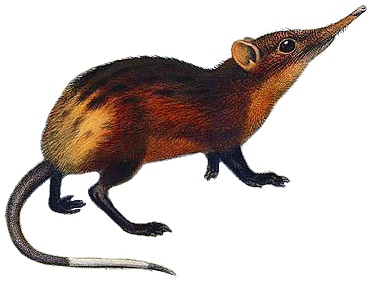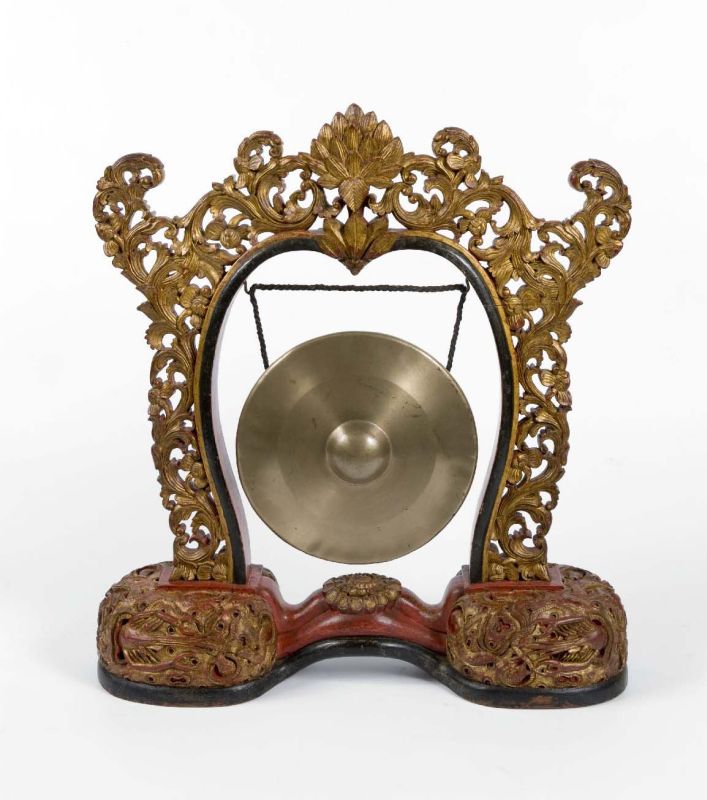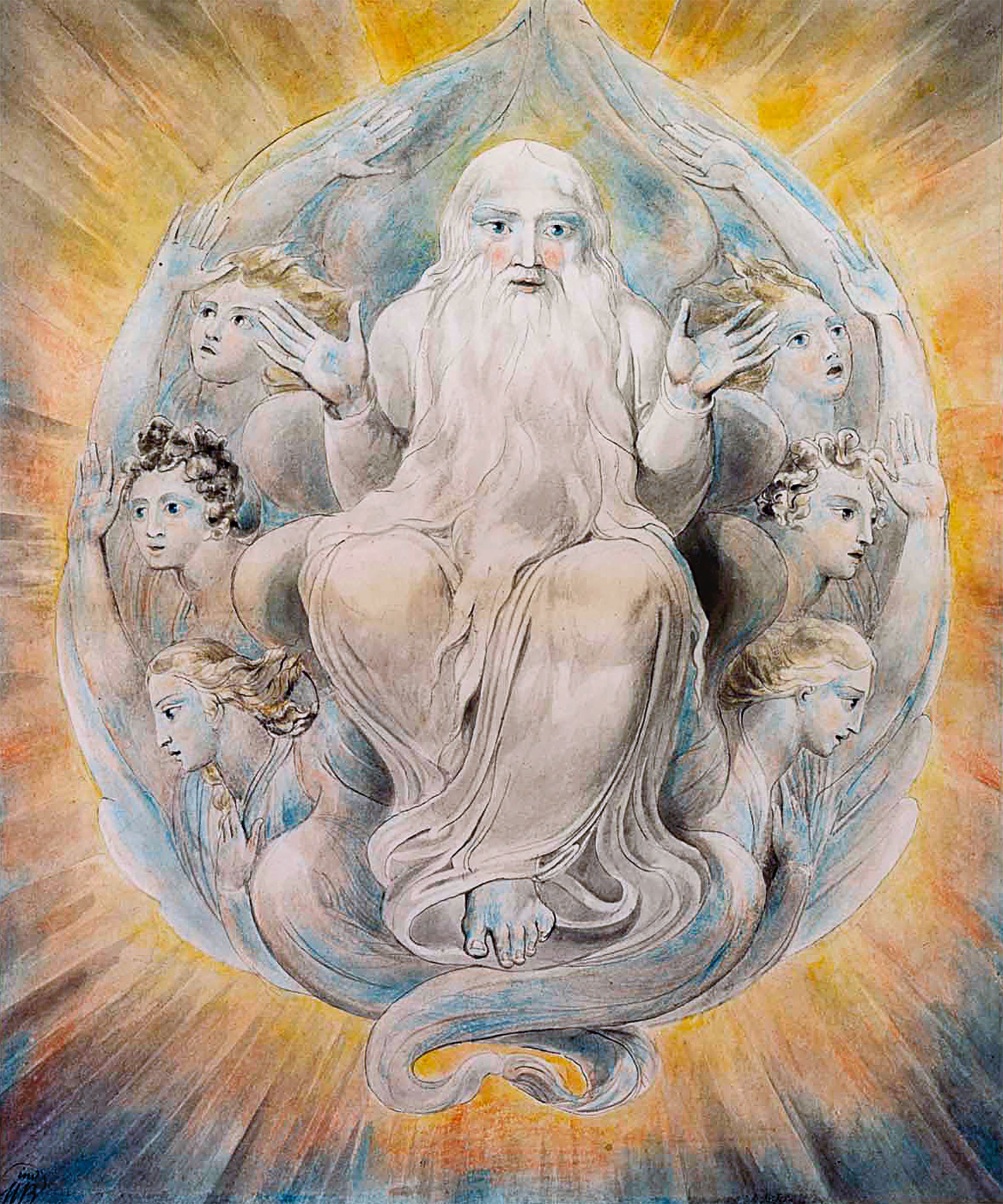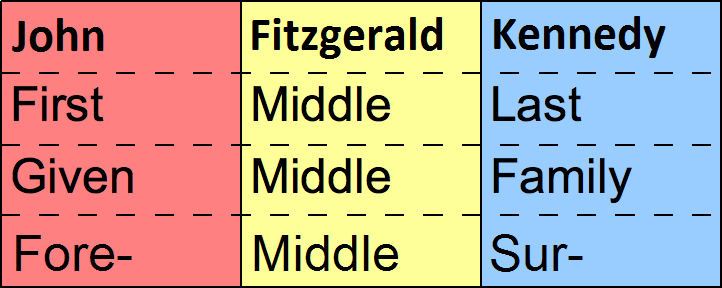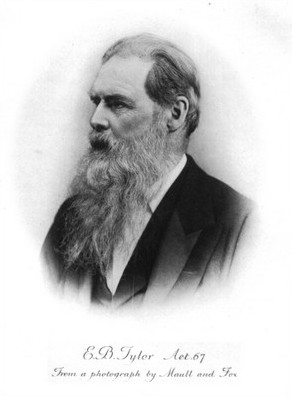|
Brau People
The Brau people () are an ethnic group living in Laos, Cambodia, and Vietnam. In Vietnam, most Brau live in Đắc Mế village, Bờ Y commune, Ngọc Hồi district, Kon Tum province (Đặng, et al. 2010:112), and the population was 525 in 2019. Their ancestors came from southern Laos and northeastern Cambodia, migrating to Vietnam around 150 years ago. They speak Brao, a Mon–Khmer language. The Brau have only two surnames: ''Thao'' (for men) and ''Nang'' (for women). They talk about the Great Flood in their ''Un cha đắc lếp'' story, and about the Creator god named ''Pa Xây''. They play ''Táp đinh bố'' - a kind of K'lông pút, and ''Tha'' - a special kind of gong A gongFrom Indonesian language, Indonesian and ; ; zh, c=鑼, p=luó; ; ; ; ; is a percussion instrument originating from Southeast Asia, and used widely in Southeast Asian and East Asian musical traditions. Gongs are made of metal and .... The Brau have traditional customs such as ''u ... [...More Info...] [...Related Items...] OR: [Wikipedia] [Google] [Baidu] [Amazon] |
Airavata Elephant Foundation
Airavata is a nonprofit organisation founded by Chenda Clais, Professor François-Xavier Roux and Pierre-Yves Clais, protecting the last captive Asian elephants in Ratanakiri Province in Cambodia, as well as protecting up to 100 hectares of the Katieng forest along the river close to the Katieng Waterfalls 10 Kilometer west from the Ratanakiri capitol, Banlung. Captive elephants in Cambodia Wars, and the time during which Cambodia was ruled by the Khmer Rouge reduced the population of Cambodias elephants, both in the wild as well as in captivity. Cambodia is presently home to less than 100 captive Asian elephants, most of them being cared for by private owners in Mondulkiri Province. Airavata elephants Presently, Airavata Foundation owns four elephants, two bulls; Bokva, Kamsen, the female Ikeo and her female baby Noelle, which are the last four captive elephants in the Ratanakiri Province. All three of the elephants are from the community forest in Ratanakiri. Airavatas elep ... [...More Info...] [...Related Items...] OR: [Wikipedia] [Google] [Baidu] [Amazon] |
Mon–Khmer Languages
The Austroasiatic languages ( ) are a large language family spoken throughout Mainland Southeast Asia, South Asia and East Asia. These languages are natively spoken by the majority of the population in Vietnam and Cambodia, and by minority populations scattered throughout parts of Thailand, Laos, India, Myanmar, Malaysia, Bangladesh, Nepal, and southern China. Approximately 117 million people speak an Austroasiatic language, of which more than two-thirds are Vietnamese speakers. Of the Austroasiatic languages, only Vietnamese, Khmer, and Mon have lengthy, established presences in the historical record. Only two are presently considered to be the national languages of sovereign states: Vietnamese in Vietnam, and Khmer in Cambodia. The Mon language is a recognized indigenous language in Myanmar and Thailand, while the Wa language is a "recognized national language" in the de facto autonomous Wa State within Myanmar. Santali is one of the 22 scheduled languages of India. ... [...More Info...] [...Related Items...] OR: [Wikipedia] [Google] [Baidu] [Amazon] |
Elephant Encyclopedia
Elephants are the largest living land animals. Three living species are currently recognised: the African bush elephant ('' Loxodonta africana''), the African forest elephant (''L. cyclotis''), and the Asian elephant (''Elephas maximus''). They are the only surviving members of the family Elephantidae and the order Proboscidea; extinct relatives include mammoths and mastodons. Distinctive features of elephants include a long proboscis called a trunk, tusks, large ear flaps, pillar-like legs, and tough but sensitive grey skin. The trunk is prehensile, bringing food and water to the mouth and grasping objects. Tusks, which are derived from the incisor teeth, serve both as weapons and as tools for moving objects and digging. The large ear flaps assist in maintaining a constant body temperature as well as in communication. African elephants have larger ears and concave backs, whereas Asian elephants have smaller ears and convex or level backs. Elephants are scattered throughout ... [...More Info...] [...Related Items...] OR: [Wikipedia] [Google] [Baidu] [Amazon] |
Gong
A gongFrom Indonesian language, Indonesian and ; ; zh, c=鑼, p=luó; ; ; ; ; is a percussion instrument originating from Southeast Asia, and used widely in Southeast Asian and East Asian musical traditions. Gongs are made of metal and are circular and flat or bowl-like in shape, and can come in various sizes. They are typically struck with a mallet. They can be played alone, giving a characteristic "crashing" sound, or played as part of a tuned set that produce bell-like sounds. The earliest possible depictions of gongs is from the details on the surface of the Ngọc Lũ I Dong son drum, bronze drum () from the Dong Son culture of northern Vietnam. It depicts what looks like seven-gong ensembles along with other instruments (including cymbals/bells and the bronze drums themselves). The oldest undisputed historical mention of gongs can be found in sixth century AD Chinese records, which mentioned it as a foreign instrument that came from a country between Tibet and Bur ... [...More Info...] [...Related Items...] OR: [Wikipedia] [Google] [Baidu] [Amazon] |
Creator God
A creator deity or creator god is a deity responsible for the creation of the Earth, world, and universe in human religion and mythology. In monotheism, the single God is often also the creator. A number of monolatristic traditions separate a secondary creator from a primary transcendent being, identified as a primary creator.(2004) Sacred Books of the Hindus Volume 22 Part 2: Pt. 2, p. 67, R.B. Vidyarnava, Rai Bahadur Srisa Chandra Vidyarnava Monotheism Atenism Initiated by Pharaoh Akhenaten and Queen Nefertiti around 1330 BCE, during the New Kingdom period in ancient Egyptian history. They built an entirely new capital city ( Akhetaten) for themselves and worshippers of their sole creator god in a wilderness. His father used to worship Aten alongside other gods of their polytheistic religion. Aten, for a long time before his father's time, was revered as a god among the many gods and goddesses in Egypt. Atenism was countermanded by later pharaoh Tutankhamun, as chron ... [...More Info...] [...Related Items...] OR: [Wikipedia] [Google] [Baidu] [Amazon] |
Great Flood
A flood myth or a deluge myth is a myth in which a great flood, usually sent by a deity or deities, destroys civilization, often in an act of divine retribution. Parallels are often drawn between the flood waters of these myths and the primeval cosmic ocean which appear in certain creation myths, as the flood waters are described as a measure for the cleansing of humanity, for example in preparation for rebirth. Most flood myths also contain a culture hero, who "represents the human craving for life". The oldest known narrative of a divinely inititated flood originates from the Sumerian culture in Mesopotamia, among others expressed in the Akkadian Athra-Hasis epic, which dates to the 18th century BCE. Comparable flood narratives appear in many other cultures, including the biblical Genesis flood narrative, '' manvantara-sandhya'' in Hinduism, Deucalion and Pyrrha in Greek mythology, also the Cheyenne, Blackfeet and Puebloan traditions. Mythologies The '' Ep ... [...More Info...] [...Related Items...] OR: [Wikipedia] [Google] [Baidu] [Amazon] |
Surname
In many societies, a surname, family name, or last name is the mostly hereditary portion of one's personal name that indicates one's family. It is typically combined with a given name to form the full name of a person, although several given names and surnames are possible in the full name. In modern times most surnames are hereditary, although in most countries a person has a right to name change, change their name. Depending on culture, the surname may be placed either at the start of a person's name, or at the end. The number of surnames given to an individual also varies: in most cases it is just one, but in Portuguese-speaking countries and many Spanish-speaking countries, two surnames (one inherited from the mother and another from the father) are used for legal purposes. Depending on culture, not all members of a family unit are required to have identical surnames. In some countries, surnames are modified depending on gender and family membership status of a person. C ... [...More Info...] [...Related Items...] OR: [Wikipedia] [Google] [Baidu] [Amazon] |
Kon Tum
Kon Tum is the capital city of Kon Tum Province in Vietnam. It is located inland in the Central Highlands region of Vietnam, near the borders of Laos and Cambodia. Historically, this area has been inhabited by the indigenous Ba Na people, which led to the name Kon Tum, meaning "Village by the Lake" in the Ba Na language. Its unique location features flat and fertile land, enriched by the Dak Bla River, and a convergence of various ethnic groups over time. Among these, the Kinh people, hailing from provinces such as Quang Nam, Quang Ngai, and Binh Dinh, have settled here. In the years 1841-1850, French missionaries, en route to the Central Highlands, established the first Christian mission in this region. By 1893, the colonial French authorities established the Kon Tum administrative agency, headed by Father Vialleton, and from that point, the name Kon Tum became officially used. Subsequently, the provincial administrative unit adopted this name. Kon Tum City, once a sparse ... [...More Info...] [...Related Items...] OR: [Wikipedia] [Google] [Baidu] [Amazon] |
Animism
Animism (from meaning 'breath, spirit, life') is the belief that objects, places, and creatures all possess a distinct spiritual essence. Animism perceives all things—animals, plants, rocks, rivers, weather systems, human handiwork, and in some cases words—as being animated, having agency and free will. Animism is used in anthropology of religion as a term for the belief system of many Indigenous peoples in contrast to the relatively more recent development of organized religions. Animism is a metaphysical belief which focuses on the supernatural universe: specifically, on the concept of the immaterial soul. Although each culture has its own mythologies and rituals, animism is said to describe the most common, foundational thread of indigenous peoples' "spiritual" or "supernatural" perspectives. The animistic perspective is so widely held and inherent to most indigenous peoples that they often do not even have a word in their languages that corresponds to "animism" (o ... [...More Info...] [...Related Items...] OR: [Wikipedia] [Google] [Baidu] [Amazon] |
Vietnam
Vietnam, officially the Socialist Republic of Vietnam (SRV), is a country at the eastern edge of mainland Southeast Asia, with an area of about and a population of over 100 million, making it the world's List of countries and dependencies by population, fifteenth-most populous country. One of two communist states in Southeast Asia, Vietnam shares land borders with China to the north, and Laos and Cambodia to the west. It shares Maritime boundary, maritime borders with Thailand through the Gulf of Thailand, and the Philippines, Indonesia, and Malaysia through the South China Sea. Its capital is Hanoi and its largest city is Ho Chi Minh City. Vietnam was inhabited by the Paleolithic age, with states established in the first millennium BC on the Red River Delta in modern-day northern Vietnam. Before the Han dynasty's invasion, Vietnam was marked by a vibrant mix of religion, culture, and social norms. The Han dynasty annexed Northern and Central Vietnam, which were subs ... [...More Info...] [...Related Items...] OR: [Wikipedia] [Google] [Baidu] [Amazon] |
Cambodia
Cambodia, officially the Kingdom of Cambodia, is a country in Southeast Asia on the Mainland Southeast Asia, Indochinese Peninsula. It is bordered by Thailand to the northwest, Laos to the north, and Vietnam to the east, and has a coastline along the Gulf of Thailand in the southwest. It spans an area of , dominated by a low-lying plain and the confluence of the Mekong river and Tonlé Sap, Southeast Asia's largest lake. It is dominated by a tropical climate and is rich in biodiversity. Cambodia has a population of about 17 million people, the majority of which are ethnically Khmer people, Khmer. Its capital and most populous city is Phnom Penh, followed by Siem Reap and Battambang. In 802 AD, Jayavarman II declared himself king, uniting the warring Khmer princes of Chenla Kingdom, Chenla under the name "Kambuja".Chandler, David P. (1992) ''History of Cambodia''. Boulder, CO: Westview Press, . This marked the beginning of the Khmer Empire. The Indianised kingdom facilitated ... [...More Info...] [...Related Items...] OR: [Wikipedia] [Google] [Baidu] [Amazon] |


